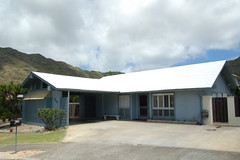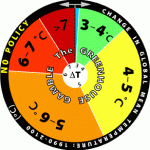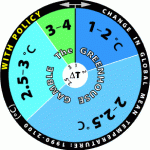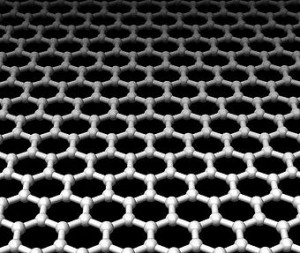 President Obama will be speaking in Cambridge at MIT in Kresge Auditorium this Friday. While attendance is by invitation only, MIT will have a live webcast available to the public. The president will deliver the address in Kresge Auditorium on clean energy and will be joined by Massachusetts Governor Deval Patrick.
President Obama will be speaking in Cambridge at MIT in Kresge Auditorium this Friday. While attendance is by invitation only, MIT will have a live webcast available to the public. The president will deliver the address in Kresge Auditorium on clean energy and will be joined by Massachusetts Governor Deval Patrick.
President Barak Obama has been an advocate of clean energy solutions to the climate change challenge, calling for the US to, “make the investments that would allow us to become the world’s leading exporter of renewable energy”. The White House website has an Energy & Environment page dedicated to the accomplishments they have achieved up to date including efficiency investments in the American Recovery and Investment Act and increasing fuel efficiency standards. These have been great steps forward in moving us towards a clean energy future, but much more needs to be done to address the climate change crisis.
While Copenhagen is only a couple of months away, it is unclear if President Obama will attend this pivotal meeting. Todd Stern, US Special Envoy for Climate Change, said that President Obama would go to Copenhagen only if sufficient progress was being made in the negotiations. During a United Nations speech Obama expressed his concern for having developing nations commit to carbon emission reductions as well.
“Yes, the developed nations that caused much of the damage to our climate over the last century still have a responsibility to lead, and that includes the United States. And we will continue to do so — by investing in renewable energy, promoting greater efficiency, and slashing our emissions to reach the targets we set for 2020 and our long-term goal for 2050,” Obama said. “But those rapidly-growing developing nations that will produce nearly all the growth in global carbon emissions in the decades ahead must do their part as well.
While most of us will not have the opportunity to meet with the President this Friday, we can view the live (or archived) web-cast and get informed on the clean energy solutions for our nation. In addition, this Saturday over 4,000 community action events are happening across the globe as part of the International Day of Climate Action. You can get involved by finding an event happening in your community or organize one yourself. This is an excellent opportunity to send a collective message to our national leaders that there is no time to wait!
![]() What should we do about climate change?
What should we do about climate change?


 President Obama will be speaking in Cambridge at
President Obama will be speaking in Cambridge at 



 MIT has
MIT has 